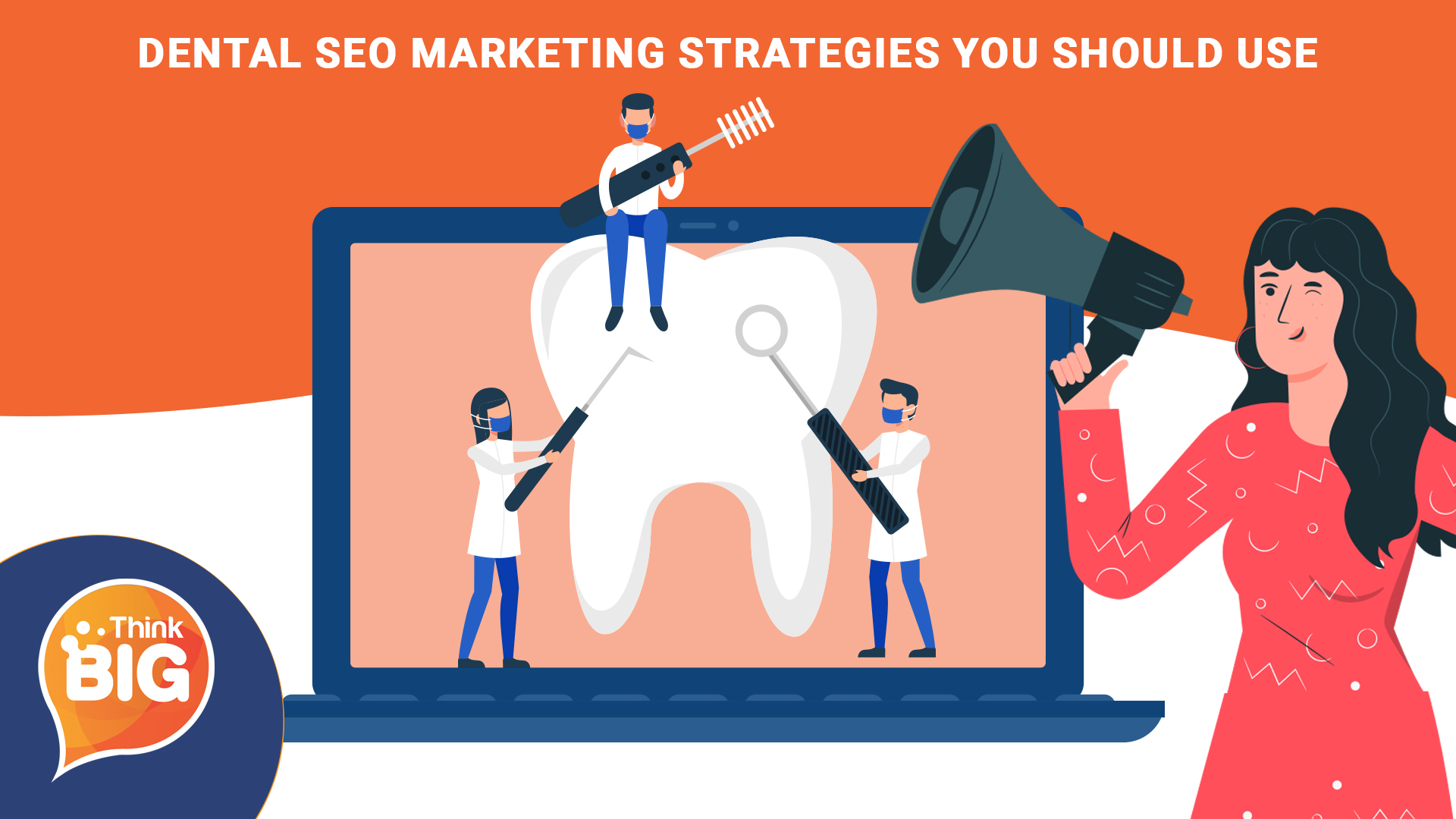Email marketing is a digital advertising strategy that entails sending emails to a focused audience with the objective of promoting merchandise, companies, or building relationships. It is a robust software for businesses to communicate with their prospects, nurture leads, and drive conversions. Here are some key elements of e mail advertising:

Building an Email List:
Start by building a permission-based e mail record. This includes obtaining consent from individuals before adding them to your mailing list. You can gather email addresses through sign-up types in your website, social media, or occasions.
Segmentation:
Divide your e mail list into segments primarily based on specific criteria such as demographics, buy history, or engagement stage. This lets you send focused and related content to totally different teams.
Personalization:
Personalize your emails to make them extra partaking and related to the recipient. This can embrace utilizing the recipient's title, tailoring content primarily based on their preferences or past interactions, and sending personalised presents.
Compelling Content:
Create compelling and valuable content in your emails. Homepage can embrace newsletters, product updates, academic content material, promotions, or exclusive offers. The content must be aligned with your viewers's pursuits and wishes.
Mobile Optimization:
Ensure that your emails are mobile-friendly, as a significant portion of customers access their emails on cell units. Use responsive design and take a look at your emails on totally different units to ensure a positive person expertise.
Call-to-Action (CTA):
Clearly define the purpose of your e-mail and embody a prominent call-to-action. Whether it is making a purchase, signing up for an occasion, or downloading a resource, the CTA should be easily identifiable.
Testing and Analytics:
A/B testing might help you optimize your e-mail campaigns by experimenting with completely different parts like subject traces, content material, and visuals. Analyze key metrics corresponding to open charges, click-through rates, and conversion charges to measure the success of your campaigns.
Compliance:
Ensure that your e-mail advertising practices comply with relevant rules, such as the CAN-SPAM Act within the United States or the General Data Protection Regulation (GDPR) in Europe. Obtain consent for sending emails, provide opt-out choices, and protect consumer privateness.
Automation:
Use e mail marketing automation to streamline and personalize communication. Automation lets you send targeted emails based on user behavior, such as welcome sequences, abandoned cart reminders, or re-engagement campaigns.
Monitoring and Adaptation:
Regularly monitor the performance of your email campaigns and be prepared to adapt your strategies based on analytics and feedback. This iterative course of helps you refine your approach over time.
Effective e mail advertising requires a stability between offering worth to your viewers and achieving your business goals. When executed strategically, e-mail advertising could be a cost-effective and powerful device for partaking customers and driving business development..
